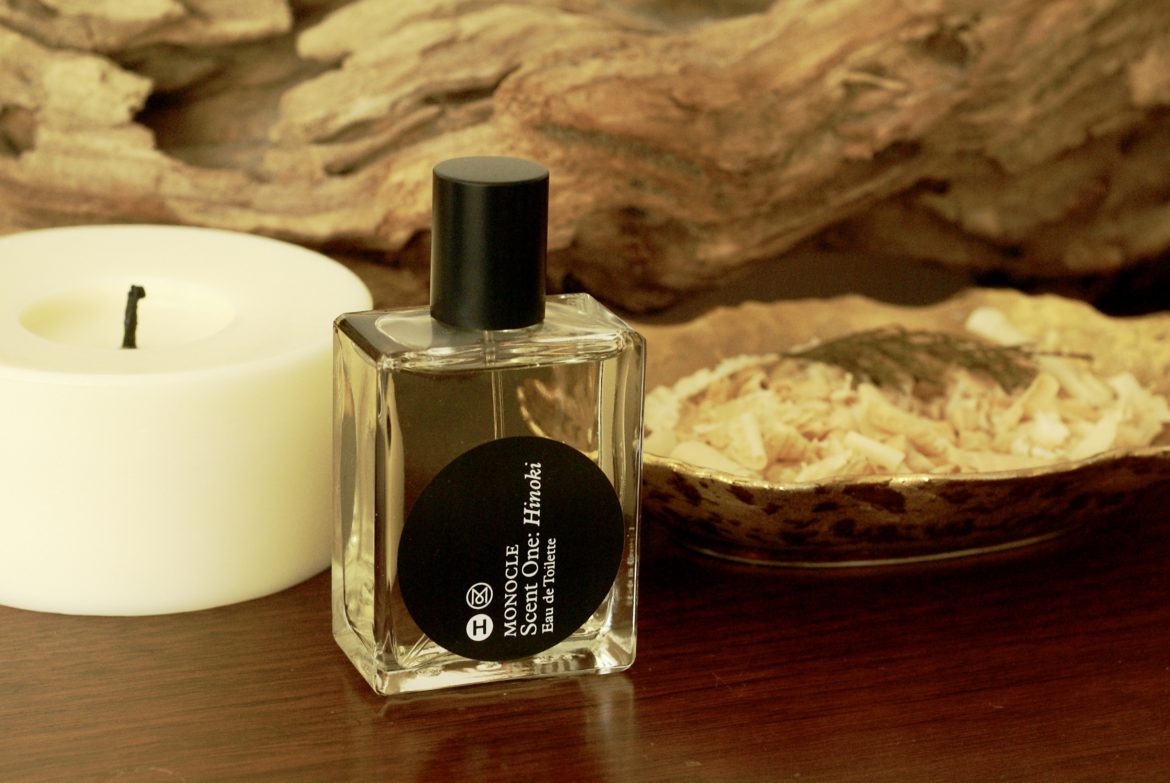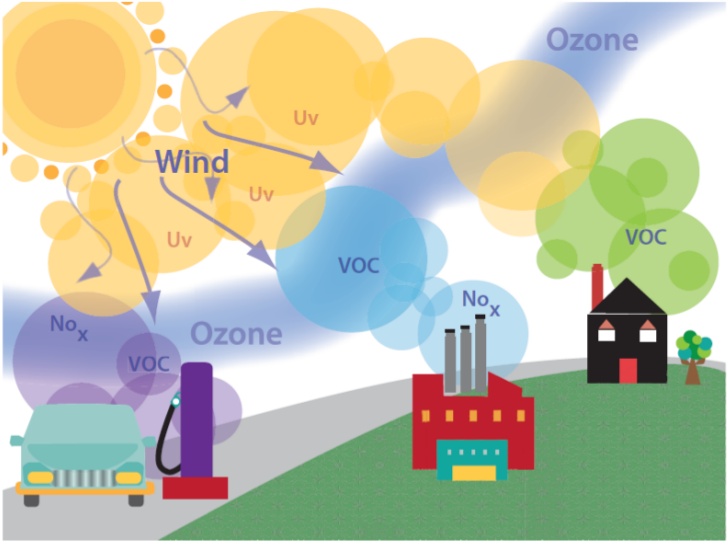 Did you know that some of the products used every day in your homes such as cleaning sprays and perfumes could be causing air pollution?
Did you know that some of the products used every day in your homes such as cleaning sprays and perfumes could be causing air pollution?
Scientists from the NOAA (National Oceanic and Atmospheric Administration) were intrigued by the air quality in cities like Los Angeles. These cities had strict regulations in place to improve vehicle emissions, yet they were seeing high levels of smog.
So, they conducted a study in 2010 by taking samples of indoor and outdoor air in Los Angeles and compared the results with the chemical composition of commonly used products. The results took even the scientists by surprise. The chemicals in these household products were contributing as much to air pollution as car emissions!
What Are VOC?
All household products are made up of organic compounds that contain carbon. These products include paints and varnishes as well as cleaning and cosmetic products used in homes, car-washing, and dry cleaning facilities.
 These organic products may be solid or liquid, but they release chemicals that evaporate into the air, known as Volatile Organic Compounds (VOC in short).
These organic products may be solid or liquid, but they release chemicals that evaporate into the air, known as Volatile Organic Compounds (VOC in short).
Some VOCs are harmful when inhaled directly, such as the ones released from paints and bleaches. There are VOCs that react with sunlight and nitrogen oxide in the atmosphere to form ozone and fine particulate matter. When this ozone combines with fine particles, it produces smog.
Gasoline is stored in air-tight containers that prevent the vapors from evaporating. But that is not the case with household chemicals or cosmetics like perfumes. Studies show that while these consumer products only make up 4% of all products containing VOC, they are responsible for 42% of smog created in cities!
What Can You Do?
 Health effects can greatly vary depending on the length of exposure to VOCs. Symptoms can range from mild headaches and nausea to serious conditions such as asthma and damage to the liver, kidneys, and nervous system.
Health effects can greatly vary depending on the length of exposure to VOCs. Symptoms can range from mild headaches and nausea to serious conditions such as asthma and damage to the liver, kidneys, and nervous system.
Experts suggest that we can all take some simple steps to stay safe and reduce our exposure to VOC.
- Be mindful of labels and check if the products you use contain VOC.
- Store VOC products in airtight containers and in well-aired places.
- Use VOC products in well-ventilated places. Keep doors and windows open or use exhaust fans.
- Keep out of reach of small children and pets
- Safely dispose of all VOC containers.
Do you have allergies to any household products?
Sources: FT.com, EPA.gov, WashingtonPost, Tox Town, Science News, Nature







